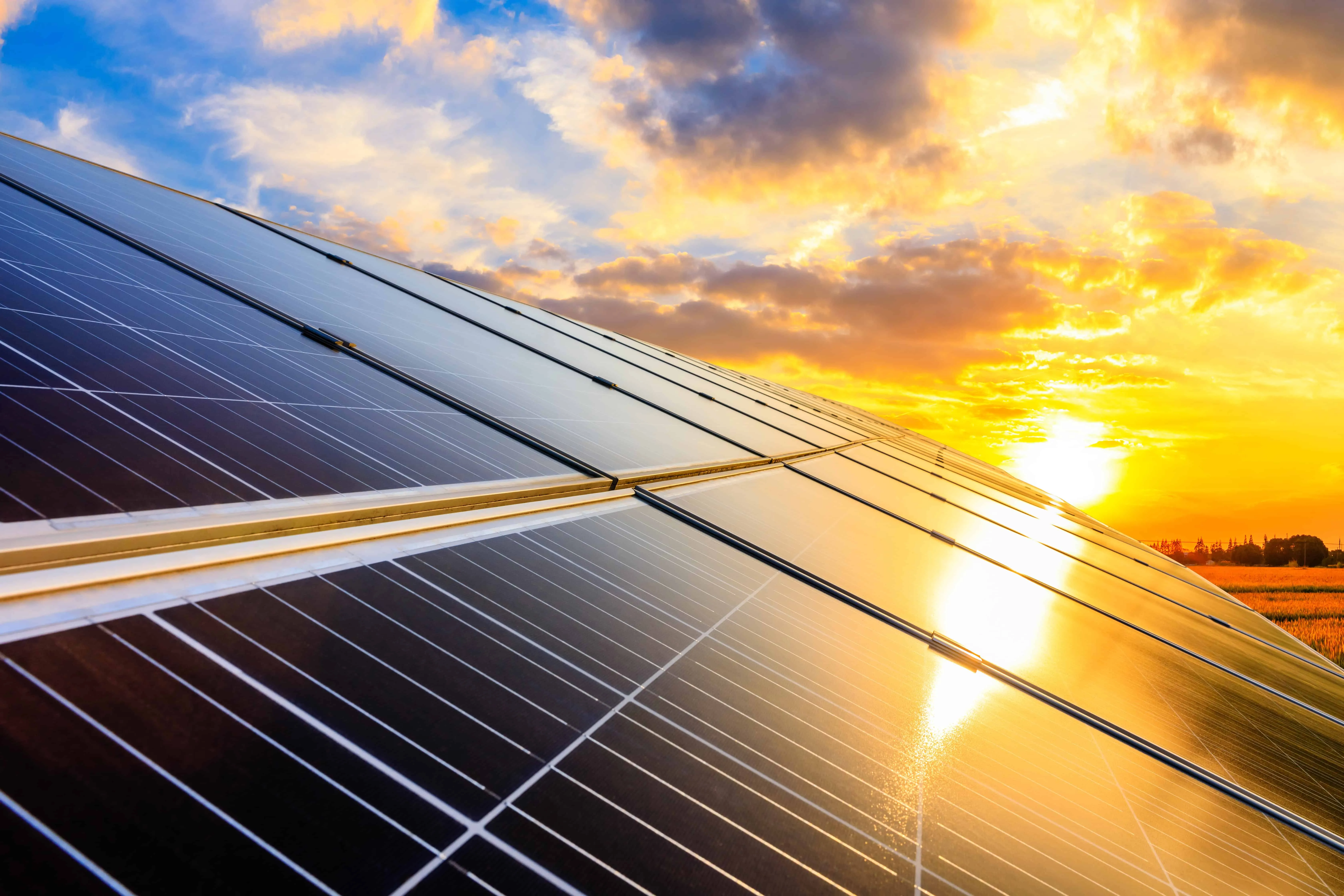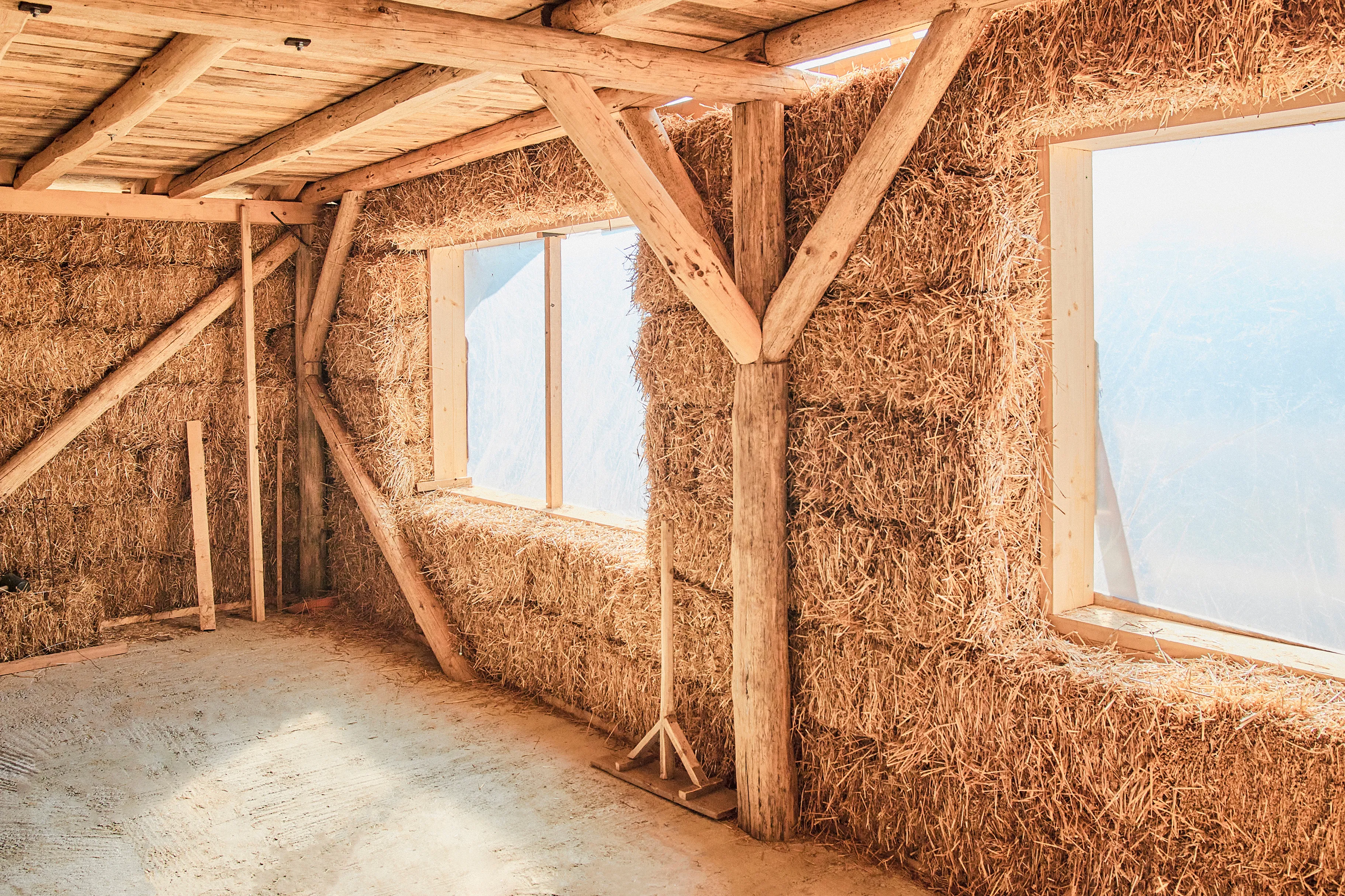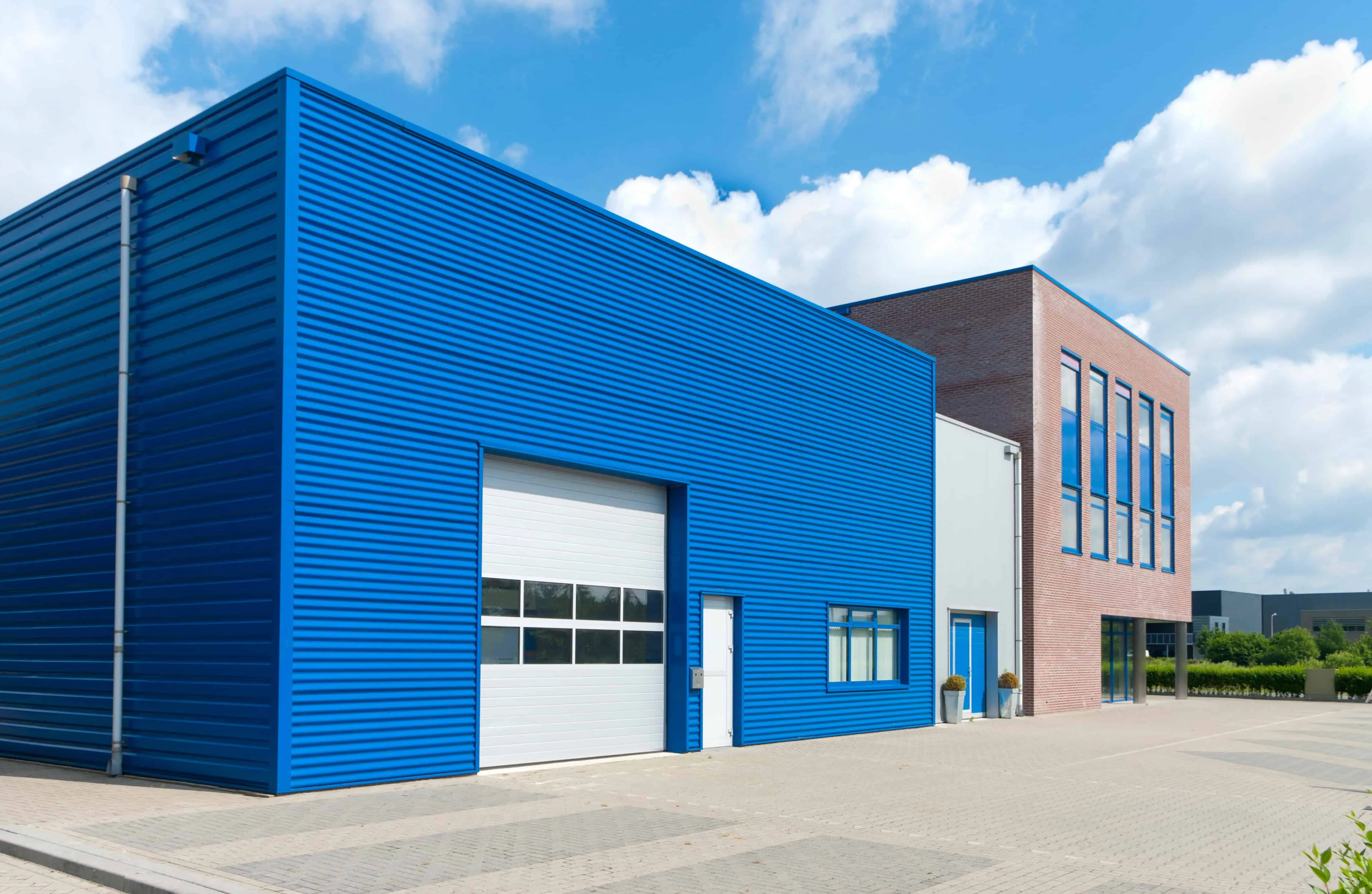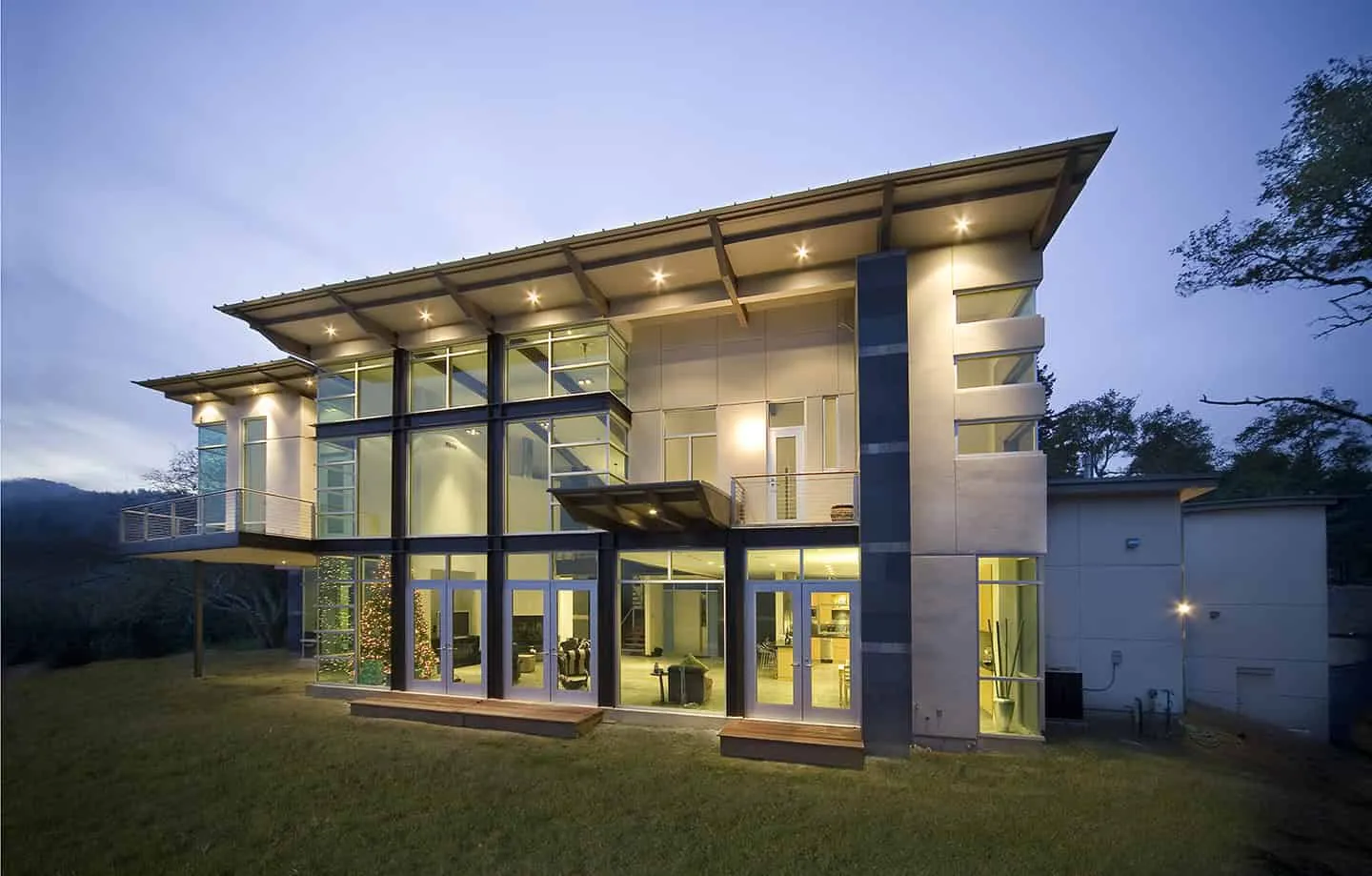There can be your advertisement
300x150
5 Professional Tips for Building an Eco-Friendly Home
As the world becomes more aware of the importance of sustainable development, more and more people are looking for ways to make their homes more eco-friendly. According to Earth Day movement data, by 2021 about 85% of the planet's population preferred to be more environmentally conscious. Approximately 24% of these people belong to the new generation (millennials), confirming that caring for the environment is not just a trend, but a lifestyle.
If you are changing your lifestyle for sustainability, why not start with your home? After all, that's where you spend most of your time. It helps the environment and can save money in the long run.
As the world becomes more aware of the importance of sustainable development, more and more people are looking for ways to make their homes more eco-friendly. According to Earth Day movement data, by 2021 about 85% of the planet's population preferred to be more environmentally conscious. Approximately 24% of these people belong to the new generation (millennials), confirming that caring for the environment is not just a trend, but a lifestyle.

If you are changing your lifestyle for sustainability, why not start with your home? After all, that's where you spend most of your time. It helps the environment and can save money in the long run.
There are many ways to build sustainable homes. Check out these five professional tips to get started:
1. Use Eco-Friendly Building Materials
The type of material used for renovating or designing your home can significantly impact its sustainability. Construction and demolition waste makes up a large portion of landfill waste, so it's important to be mindful of the materials you use.
There are many eco-friendly building materials available on the market, including:
- Recycled steel
- Reclaimed wood
- Cork
- Bamboo
- Recycled glass
These materials are not only eco-friendly but also durable and stylish. So you can be confident that your home will be sustainable and beautiful.
2. Install a Solar Energy System
Solar energy is one of the most sustainable and efficient sources of renewable energy. With advancements in technology, solar generators, panels, and batteries are becoming increasingly popular among homeowners.
Here's a brief guide on how solar energy works:
- Solar panels collect sunlight and convert it into direct current (DC).
- An inverter converts the DC to alternating current (AC), which is used in your home.
- Alternating current powers your home and sends excess power to the grid.
If you're installing a solar energy system, consider a few things:
- The size of the system depends on your energy consumption and how much sunlight your home receives.
- You need to decide whether you want a portable or fixed solar system. Portable ones, such as solar generators, are ideal for travel or camping. Fixed systems are installed on the roof and stay permanently.
Additionally, this solar system has several benefits:
- Clean and renewable resources
- Reduces your carbon footprint
- Increases home resale value
- Helps combat global warming
All these advantages make solar energy systems an excellent choice when designing a green home. Just choose a quality system from a reliable supplier to maximize this eco-friendly resource.

3. Invest in Energy-Efficient Appliances
Appliances are one of the main sources of energy consumption in your home. According to a report, household appliances and devices consumed over 3000 terawatt-hours of electricity in 2019, which accounts for about 15% of global electricity consumption. In other words, your appliances use a considerable amount of energy. Therefore, it's important to use energy-efficient devices when designing an eco-friendly home.
When purchasing appliances, look for the ENERGY STAR® label. This program is a joint initiative of the U.S. Environmental Protection Agency (EPA) and the U.S. Department of Energy (DOE). It helps consumers save energy and protect the environment by using energy-efficient products and practices.
4. Consider Adding Insulation
A well-insulated home resists heat transfer, helping to keep it warm in winter and cool in summer. Installing insulation in attics, basements, walls, and floors can minimize heat loss, drafts, and moisture buildup. This increases energy efficiency since your heating and cooling systems won't need to work at full capacity to maintain a comfortable temperature. As a result, you can save up to 20% on heating and cooling.
Here are some types of insulation you can use:
- Cellosulf
- Polystyrene foam
- Fiberglass
- Mineral wool
- Polystyrene granules
- Sheep's wool
Each type has its advantages and applications. It is best to consult with a professional to assess your home and choose the best insulation for your needs. Adding insulation will make your home comfortable year-round.
5. Don't Forget About Natural Light
Creating an eco-friendly home doesn't mean sacrificing style or comfort. There are many ways to bring natural light into your home without compromising its aesthetics. You can add elements such as:
- Sun windows
- Light wells
- Large windows
You can also hang a large mirror to reflect light and brighten the space. Add greenery to create a fresh and calm atmosphere. These simple additions can change the overall look and feel of your home.
Using natural light during the day can reduce dependence on artificial lighting. Nothing beats enjoying warm sunlight tones while saving energy at the same time. So don't forget this free and renewable resource when designing your home.
Conclusion
Sustainability is important when building a home, but it doesn't have to be expensive or complicated. There are many simple and affordable ways to build a more sustainable home. By following the above tips, you can save money, reduce environmental impact, and live in a comfortable and stylish home.
More articles:
 4 Unusual Ideas for Creating Bicycle Tracks in Your Yard
4 Unusual Ideas for Creating Bicycle Tracks in Your Yard 4 Useful Tips for Creating a Beautiful Patio
4 Useful Tips for Creating a Beautiful Patio 4 Ways to Customize Metal Buildings
4 Ways to Customize Metal Buildings 4 Ways to Use Landscape Design to Improve Home Energy Efficiency
4 Ways to Use Landscape Design to Improve Home Energy Efficiency 40 Creative and Unique Ways to Take Family Photos for Christmas Cards
40 Creative and Unique Ways to Take Family Photos for Christmas Cards 409 sq. m. Apartment by Alexander Tissler in Moscow
409 sq. m. Apartment by Alexander Tissler in Moscow House #41 by Fuse Architecture in Los Gatos, California
House #41 by Fuse Architecture in Los Gatos, California 45 Ideas of White Interior Design for Bedrooms
45 Ideas of White Interior Design for Bedrooms